Rural Cancer Risks Call For Unique Solutions
While the incidence of cancer is lower among people who live in rural parts of the United States than more densely populated areas, they are more likely to be diagnosed at later stages, have less access to medical treatment and receive poorer quality of care than their urban counterparts.
January 18, 2017
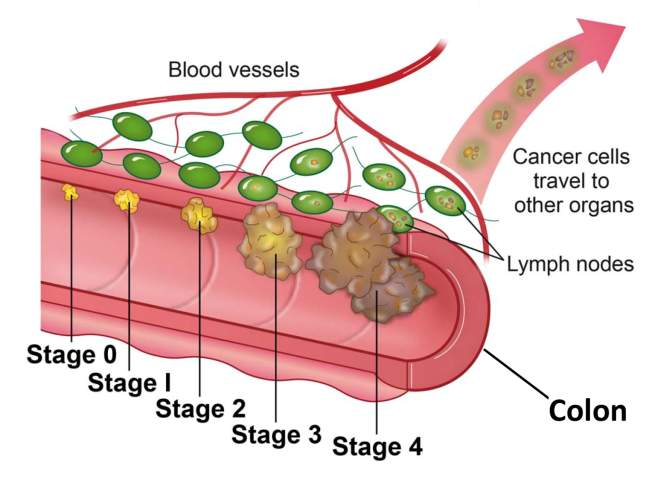
Stages of colon cancer illustration

While the incidence of cancer is lower among people who live in rural parts of the United States than more densely populated areas, they are more likely to be diagnosed at later stages, have less access to medical treatment and receive poorer quality of care than their urban counterparts. In Wisconsin, 33 rural counties experience more cases of cancer and/or greater mortality from the disease than the state average, as detailed by the American Cancer Society in its 2013-14 Cancer Facts & Figures report for the state.
Health disparities are most often associated with non-white racial demographics in urban areas, but similar challenges exist and persist for the sizeable population of rural Americans too. These disparities in rural communities are documented in overall health and quality of life measures, as well as in outcomes for individuals diagnosed with cancer.
Geographic isolation, low socio-economic status, poor health risk behaviors and limited job opportunities contribute to these patterns. Cancer risk behaviors, such as smoking and lack of exercise, are more prevalent in rural communities. Rural areas also have lower income and educational levels, and individuals are less likely to be insured.
In Wisconsin, the U S. Department of Agriculture’s Economic Research Service reported in 2015, earnings per job in rural areas were $42,040 compared to $53,213 in urban areas. The ERS also reported that 10.6 percent of the state’s rural population has not completed high school, compared to 9.2 percent of urban populations, which is reflected in literacy skills. Additionally, the unemployment rate in rural Wisconsin is at 7.3 percent, while in urban Wisconsin it is at 6.5 percent. All of these factors can influence health outcomes, including those related to cancer.
Given these disparities, people who live in rural areas have unique health care needs.
To tackle health disparities in rural areas, the University of Wisconsin-Extension and UW Carbone Cancer Center are collaborating on the Reducing Rural Cancer Disparities Together Project. One of its primary components is an education program called Cancer Clear & Simple, which works to promote individual and family prevention behaviors and support community practices that decrease barriers to improving cancer outcomes.
UW-Extension Family Living Programs educators and community partners from local health organizations provide Cancer Clear & Simple educational sessions and materials to people in rural communities around Wisconsin. The program’s curriculum is designed to help participants understand the basics of cancer, including its risk factors, and specific types like lung, skin, colorectal, prostate, testicular, breast and cervical. Classes touch on prevention and self-care, and cover questions people should ask health care providers about cancer screening and detection. These sessions include time for participants to brainstorm and discuss ways to support individuals diagnosed with cancer or families affected by the disease.
Cancer Clear & Simple also provides information about local resources and advises on where people can get screened. Residents of rural areas often lack nearby medical facilities and experience barriers related to transportation or access to other resources. On top of navigating complicated health care and insurance processes, these challenges can make an already overwhelming experience more difficult.
The broader Reducing Rural Cancer Disparities Together Project also seeks to strengthen collaborations across rural communities through coalition coaching. This practice involves UW-Extension state-level specialists guiding county-based Extension educators who facilitate community partnerships to use tools and resources available from the UW Population Health Institute’s County Health Rankings & Roadmaps. Extension educators in Ashland, Clark, Oneida, Sauk and Waushara counties who work with local coalitions plan to identify ways to address community factors that drive rural cancer disparities. Opportunities can include increasing access to health and affordable food, creating safe options for physical activity, increasing use of health screenings and making transportation options more widely available.
Moreover, the Reducing Rural Cancer Disparities Together Project is measuring the impact of prevention activities at the individual and community levels. In addition to education, the project will collect short- and long-term health behavior outcomes. These results include whether participants met their self-identified goals to change behaviors related to diet, exercise and health screening. Another goal of these data is to inform an analysis related to cancer prevention behaviors in communities across the state.
Reducing Rural Cancer Disparities Together is an example of how a collaborative project can connect people in rural areas to information they need to stay healthy and helps communities address larger challenges head on.
Paula Tran Inzeo is a health promotion specialist with the University of Wisconsin-Extension Family Living Programs.
 Passport
Passport
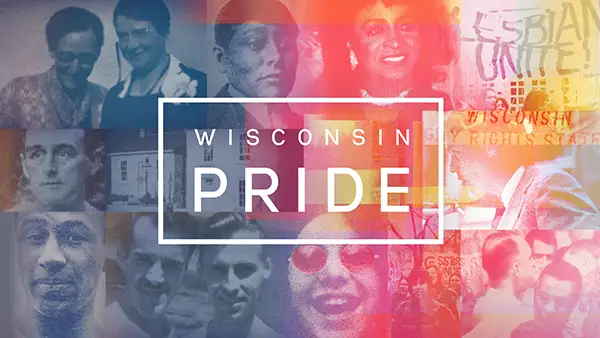




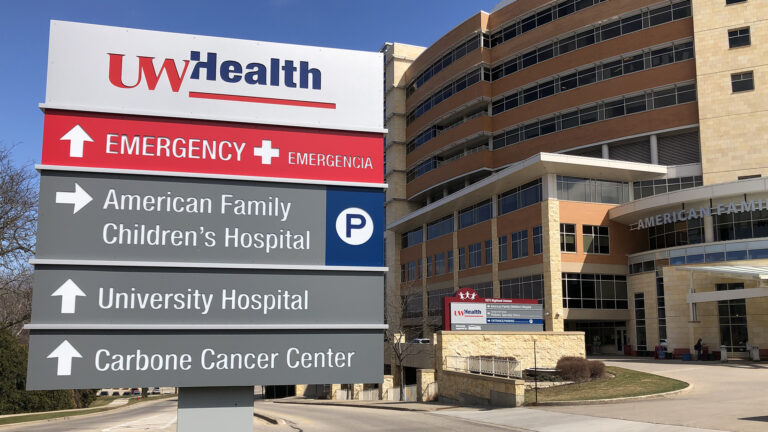


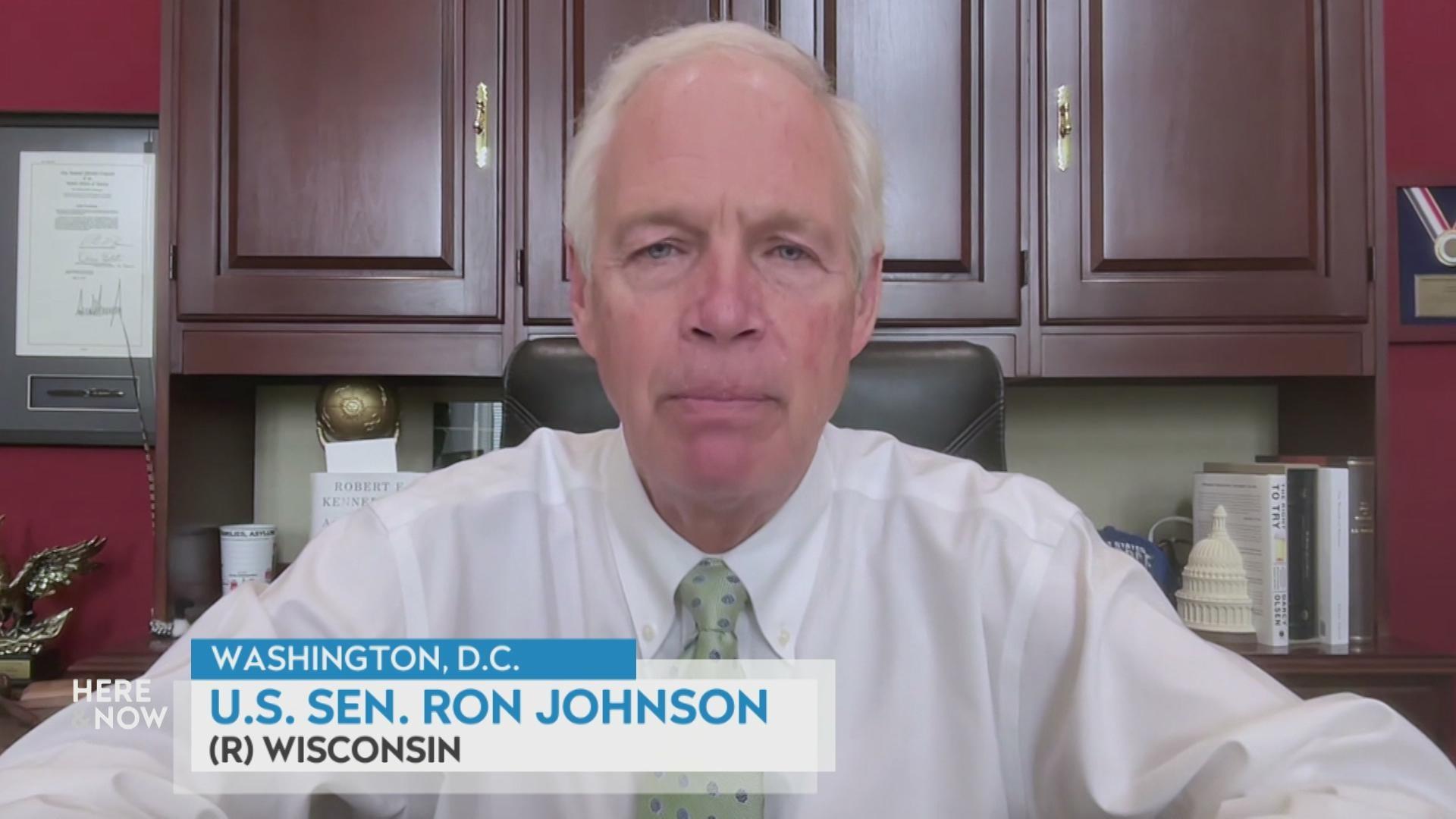

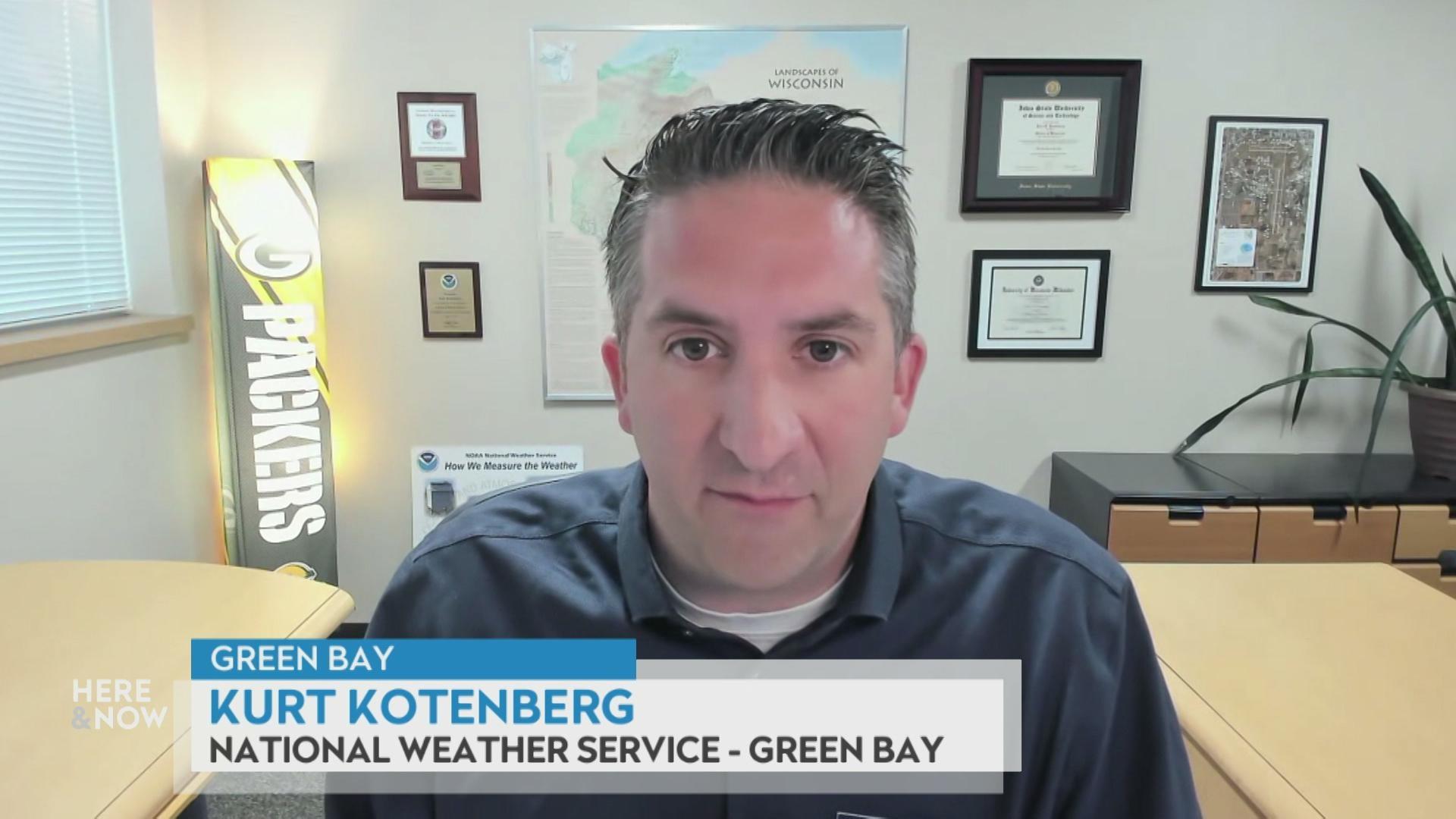
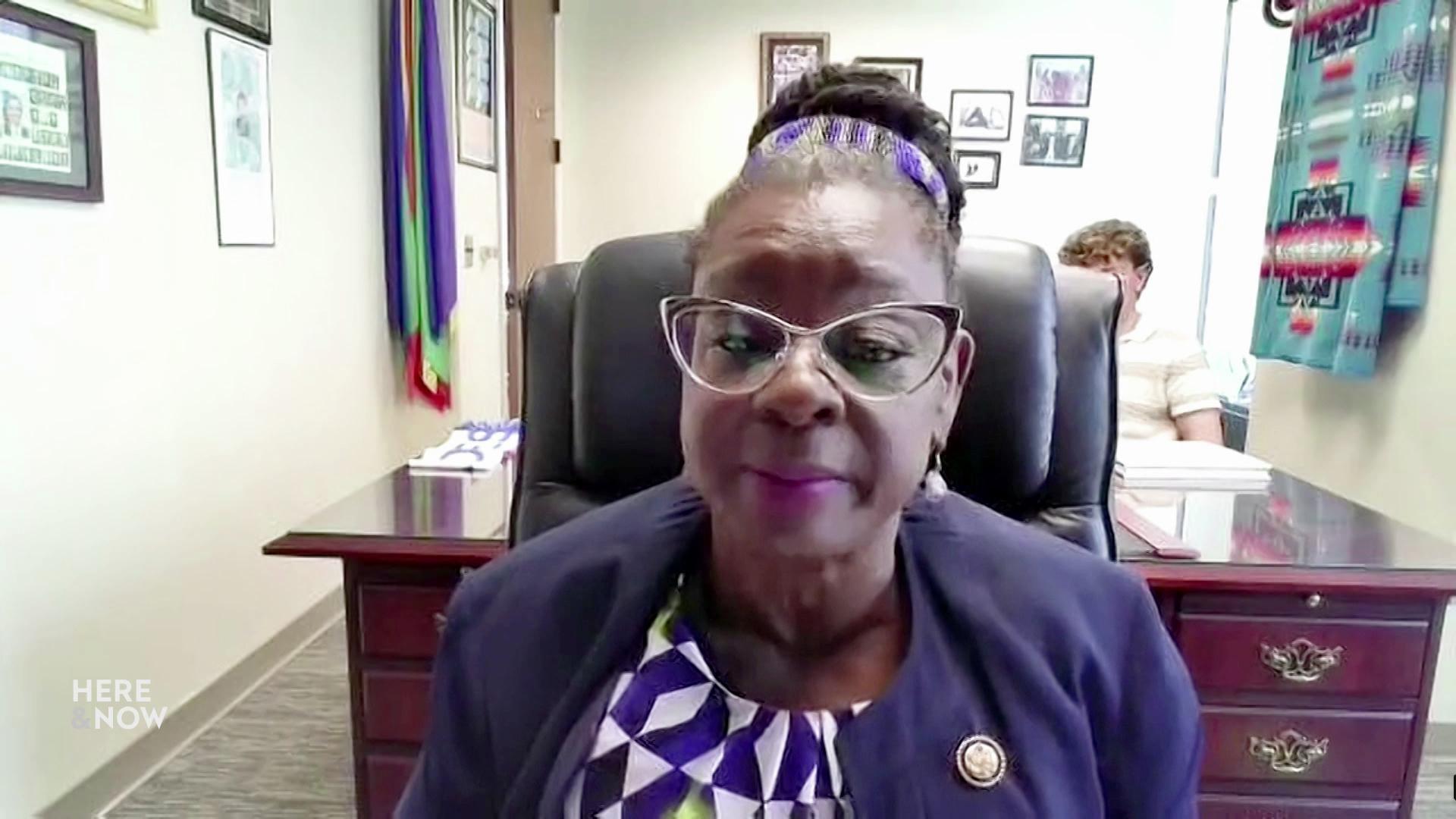

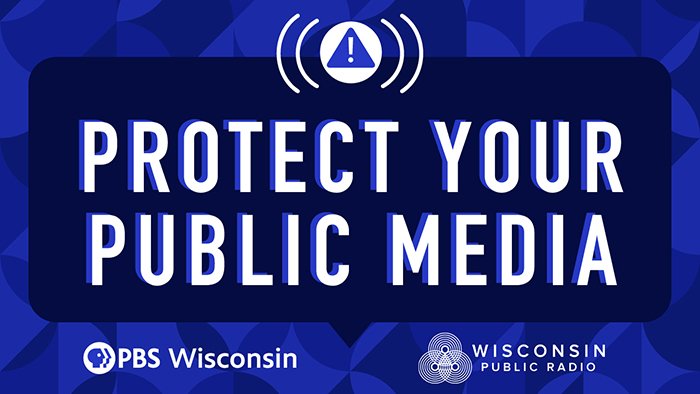
Follow Us